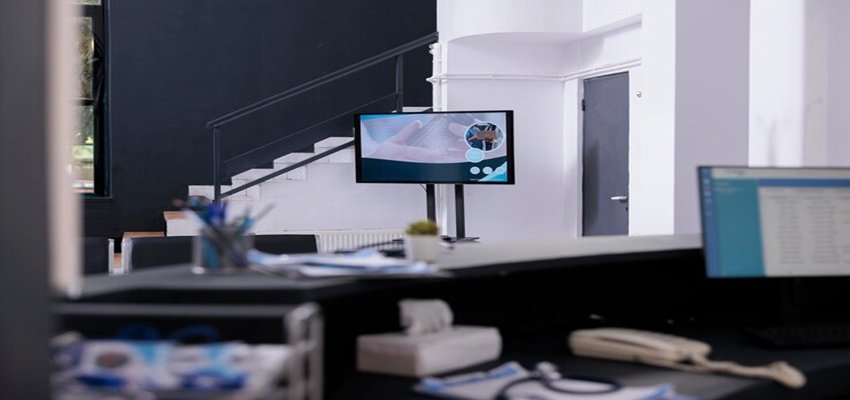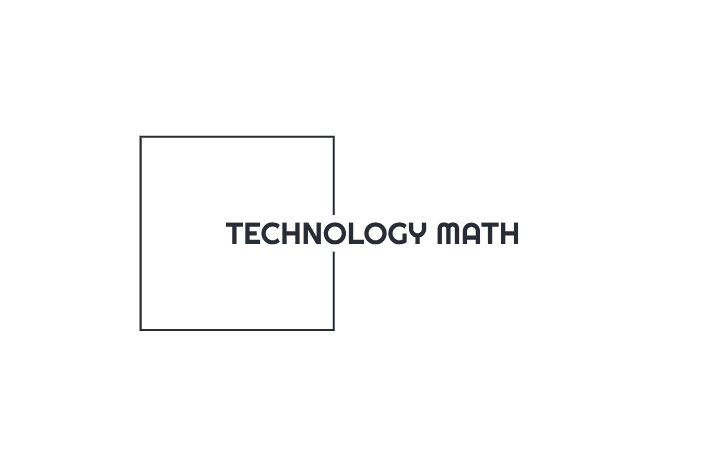
Remote work has transformed how businesses operate, offering flexibility and freedom to professionals worldwide. However, the rise of AI-powered virtual offices is reshaping the remote work landscape, making it more immersive, collaborative, and efficient. While traditional remote work has provided employees with the opportunity to work from anywhere, AI-powered virtual offices take this concept to the next level by integrating artificial intelligence, automation, and virtual reality into daily workflows.
The big question is: how do these two approaches compare? Is AI the future of remote work, or is the traditional model still the better option? Let’s explore the differences, challenges, and potential of each.
The Evolution of Remote Work
The concept of working remotely has existed for decades, with professionals in industries such as sales and consulting often working outside of a central office. However, it was not until the internet boom of the late 1990s and early 2000s that remote work became more mainstream. Businesses started experimenting with telecommuting, allowing employees to complete tasks from home using email and early online collaboration tools.
The true turning point came with the advent of cloud computing, high-speed internet, and collaboration tools like Slack, Zoom, and Google Drive. These technologies made it easier for teams to communicate and work together regardless of their physical location. The global shift to remote work during the COVID-19 pandemic accelerated this trend, pushing businesses to rethink their traditional office structures. Remote work was no longer just a perk—it became a necessity.
Now, with advancements in artificial intelligence, AI-powered virtual offices are emerging as a new evolution of remote work, promising a more interactive and efficient work experience.
Traditional Remote Work: How It Functions
Traditional remote work refers to a setup where employees work outside of a physical office, typically from home or co-working spaces. Communication in this model relies heavily on emails, video calls, and chat applications, while collaboration is facilitated through cloud-based tools like Google Workspace, Microsoft Teams, and project management platforms such as Trello or Asana.
One of the biggest advantages of traditional remote work is flexibility. Employees can work from any location with an internet connection, allowing them to tailor their schedules around personal and professional obligations. This increased autonomy often leads to a better work-life balance, as individuals no longer need to spend hours commuting. Additionally, remote work helps companies and employees save money by reducing office-related expenses.
However, traditional remote work is not without its challenges. Communication barriers often arise when employees rely solely on digital messages, which can lead to misunderstandings and inefficiencies. Collaboration can also be difficult, particularly for teams working across different time zones. Another common issue is productivity management, as some employees struggle with distractions at home or feel disconnected from their teams. While these challenges can be mitigated with effective communication strategies and the right tools, they have led to the development of AI-powered virtual offices designed to enhance remote work experiences.
AI-Powered Virtual Offices: The Next Step in Remote Work
AI-powered virtual offices take remote work a step further by integrating artificial intelligence, automation, and virtual reality into daily operations. Unlike traditional remote work setups that rely on emails and video calls, AI-powered virtual offices simulate real office environments in a digital space.
These virtual offices use AI-driven tools to enhance collaboration and productivity. AI meeting assistants, for example, can automatically transcribe discussions, summarize key points, and suggest action items. Smart scheduling tools can optimize meeting times based on team availability, reducing back-and-forth coordination. Some platforms even incorporate virtual reality, allowing employees to interact in a 3D workspace that mimics an actual office setting.
Several tools and platforms are already pioneering AI-powered virtual offices. Gather.Town provides a digital office where employees can move around as avatars, interact in designated meeting rooms, and engage in casual conversations as they would in a physical office. Meta Horizon Workrooms offers an immersive VR workspace where teams can collaborate in real time, creating a sense of presence that traditional remote work lacks. Zoom has also introduced AI-powered features that summarize meetings and enhance communication by providing real-time transcriptions and intelligent chat responses.
While AI-powered virtual offices offer an exciting new way to work remotely, they also bring new security challenges that companies and employees must address.
Key Differences Between Traditional Remote Work and AI Virtual Offices
| Feature | Traditional Remote Work | AI-Powered Virtual Offices |
| Communication | Emails, video calls, chat apps | AI chatbots,smart assistant, VR meetings |
| Collaboration | Cloud-based tools (Docs, Trello) | AI-driven automation & VR workspaces |
| Team Interaction | Limited to messages and video calls | Real-time, immersive digital office environments |
| Productivity | Dependent on self-discipline | AI automates tasks and optimizes workflows |
| Accessibility | Available on laptops & mobile devices | Requires AI & VR-enabled tools |
While AI-powered virtual offices offer enhanced collaboration and automation, they also bring new challenges—especially in security.
Security Challenges in AI-Powered Virtual Offices
AI-powered virtual offices enhance productivity but also introduce security risks. These platforms rely on data processing, cloud storage, and AI automation, making them potential targets for cyber threats. Here are some key security challenges and solutions:
-
Data Breaches & Unauthorized Access
AI-powered offices handle sensitive company data, making them attractive to hackers. Without proper security, unauthorized users could access confidential files or private conversations.
To strengthen security:
- Use end-to-end encryption for communications
- Enable multi-factor authentication (MFA) for logins
- Regularly update software to fix security vulnerabilities
- Download a VPN (Virtual Private Network) to encrypt internet traffic and prevent unauthorized access, especially when working from public networks
-
AI-Driven Cyberattacks & Phishing Scams
Cybercriminals now use AI to craft realistic phishing emails and deepfake videos to impersonate executives or employees, leading to data theft or financial fraud.
Therefore, it is essential to:
- Train employees to recognize AI-generated scams
- Use AI-based security tools to detect suspicious activities
- Verify requests through multiple communication channels before taking action
-
Privacy Concerns & AI Surveillance
Some AI tools in virtual offices track employee activity, monitor conversations, or analyze performance. Without clear policies, this can lead to privacy violations.
Make sure to:
- Choose privacy-focused AI platforms
- Clearly define data collection policies
- Follow data protection laws like GDPR
By integrating strong security measures, businesses and employees can work safely in AI-powered virtual offices while minimizing cybersecurity risks.
Comparing Traditional Remote Work and AI-Powered Virtual Offices
Traditional remote work and AI-powered virtual offices share the goal of enabling employees to work from anywhere, but they differ in how they facilitate communication, collaboration, and productivity. Traditional remote work relies on emails, video calls, and cloud-based tools, while AI-powered virtual offices introduce automation, real-time data processing, and immersive digital workspaces.
AI-powered virtual offices enhance collaboration by providing AI-driven chatbots, meeting assistants, and VR-based workspaces, making interactions feel more natural and engaging. Traditional remote work, on the other hand, can sometimes lead to isolation due to the lack of face-to-face interaction. However, AI-powered setups require more advanced technology, including VR headsets and AI-enabled software, which may not be accessible or affordable for all businesses.
While AI-powered virtual offices improve efficiency by automating routine tasks, they also raise concerns about data privacy and cybersecurity. Traditional remote work, despite its communication challenges, is often seen as a more straightforward and cost-effective option. The choice between these two models depends on a company’s needs, budget, and willingness to adapt to emerging technologies.
The Future of Remote Work
The future of remote work will likely be a hybrid between traditional remote work and AI-powered virtual offices. Companies are already integrating AI automation into existing remote work setups to enhance productivity and collaboration. Virtual and augmented reality workspaces are expected to become more common, especially in industries that require hands-on collaboration, such as tech, design, and creative fields.
As AI continues to evolve, cybersecurity regulations will need to adapt to protect employees and businesses from new threats. AI-powered virtual offices will likely become more secure, affordable, and user-friendly, making them a viable option for more organizations.
The future of work is not about replacing traditional remote work with AI but rather enhancing remote work experiences through intelligent automation and immersive digital interactions.






